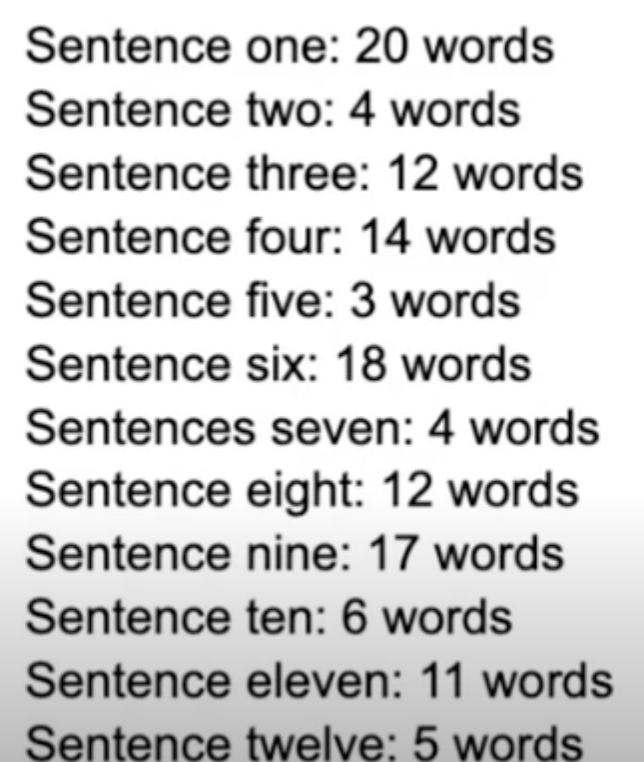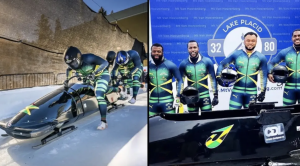 Nonfiction poetry focuses on conveying facts about subjects through engaging and creative narratives. Nonfiction poetry can be a fun and thought-provoking way to tell a story or impart information.
Nonfiction poetry focuses on conveying facts about subjects through engaging and creative narratives. Nonfiction poetry can be a fun and thought-provoking way to tell a story or impart information.
Spark your thinking!
1. Set up your language arts mini spark recording page: #71: Nonfiction Poetry
2. Learn about the powerful rocket that was built to send humans to the moon. After reading this article answer these questions on your recording page.
- Which mission was the first to launch a human crew with a Saturn V rocket?
- How many sections did the Apollo 11 craft have?
- Which module did the Apollo 11 astronauts travel in for most of the trip?
- What does the V in Saturn V stand for?
- How heavy was Saturn V at lift-off?
3. Listen to this example of nonfiction poetry about the moon mission Apollo 11, Eight Days Gone. Record 3 adjectives (describing words), 3 verbs (action words) and what your reaction is to reading about humans visiting the moon.
4. Watch this video and write down the 5 parts of the poem.
5. Look over this organizer. Choose your space themed noun that will be the basis for your poem and record it on your recording page.

6. Number your paper from 1-5 brainstorm ideas for all of the steps of your poem.
7. Create your space themed nonfiction verse in the form of a Cinquain poem on your recording page.
8. Ask your teacher to edit your draft.
9. Put your final poem on your recording page or type your poem.
10. OPTIONAL Find a photo, draw a picture, choose an app on your iPad to accompany your poem and create a visual display of your work.
11. Share your language arts mini spark recording page, your poem and your illustration with your teacher/EY coordinator.
Lesson idea adapted from read, write, think


 If you take a trip to western Nebraska you can visit the Museum of the Fur Trade in Chadron, Nebraska. This mini spark takes you there without any traveling.
If you take a trip to western Nebraska you can visit the Museum of the Fur Trade in Chadron, Nebraska. This mini spark takes you there without any traveling.
 Paper airplanes are pieces of art. Watch this video showing a paper airplane that has flapping wings like a bat. After watching, try to make one of your own.
Paper airplanes are pieces of art. Watch this video showing a paper airplane that has flapping wings like a bat. After watching, try to make one of your own.

 When reading a favorite story, take some time to notice the length of the sentences you are reading. Writers often use a variety of sentence lengths to create a rhythm. Using long sentences with lots of details, short and sweet to the point sentences, and combined with mid length sentences will make your story flow.
When reading a favorite story, take some time to notice the length of the sentences you are reading. Writers often use a variety of sentence lengths to create a rhythm. Using long sentences with lots of details, short and sweet to the point sentences, and combined with mid length sentences will make your story flow.







